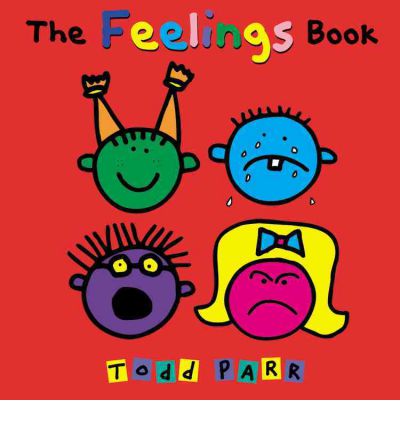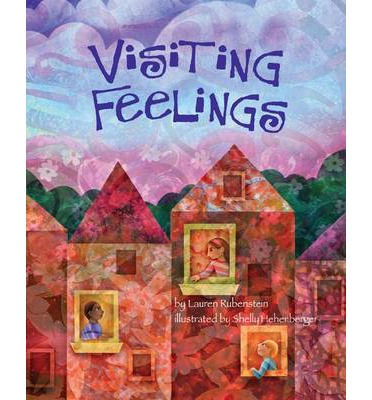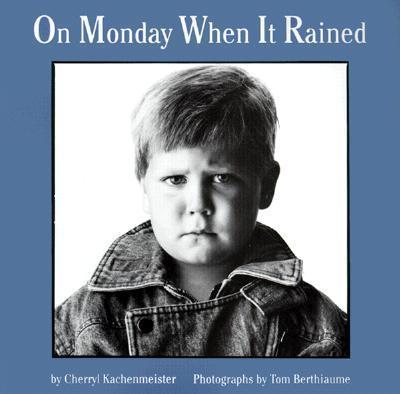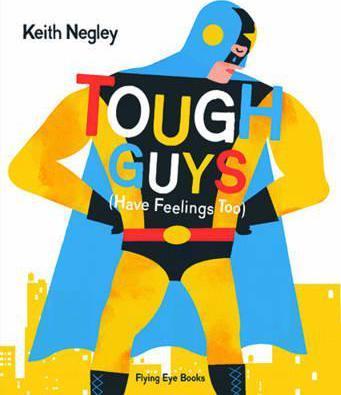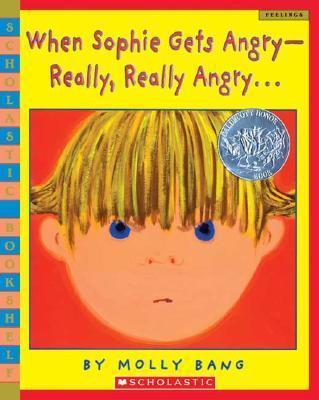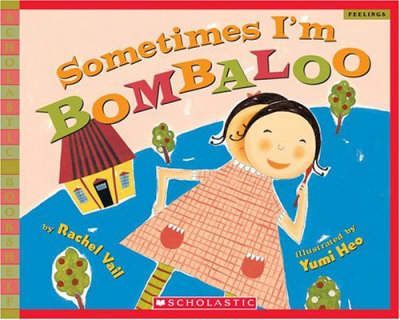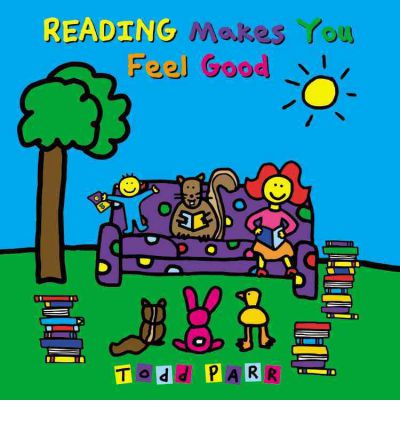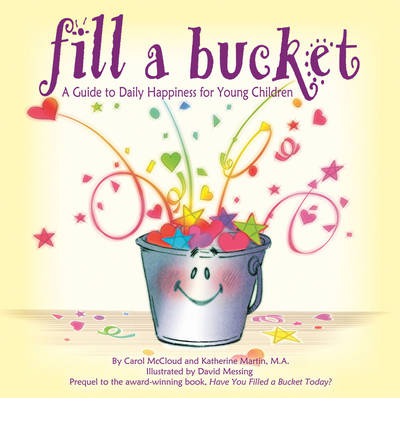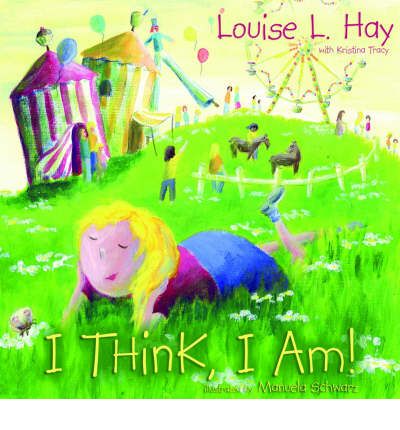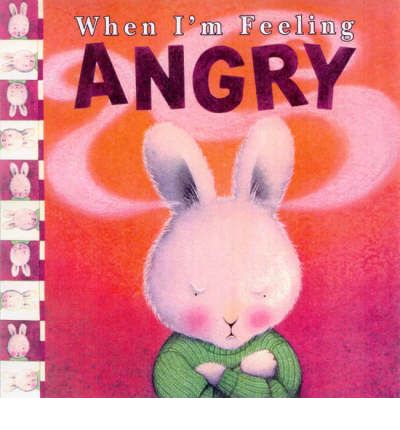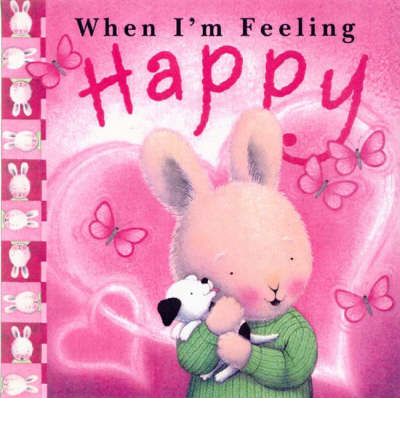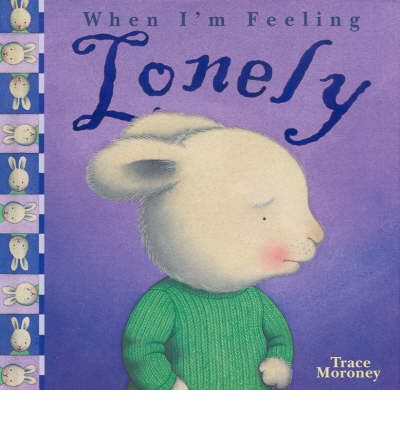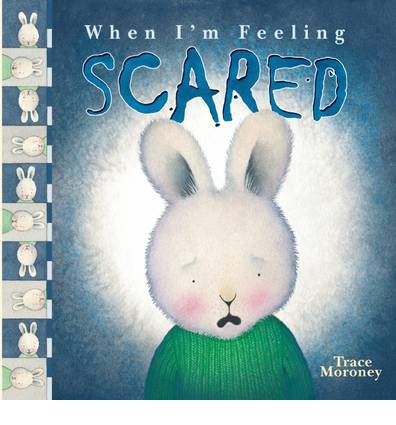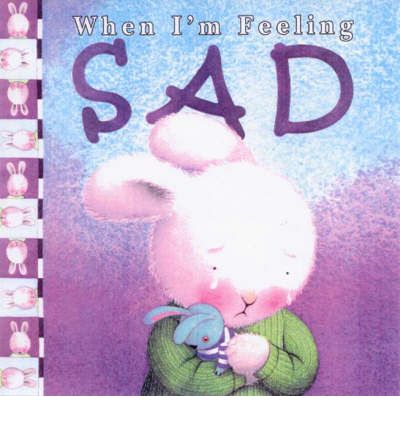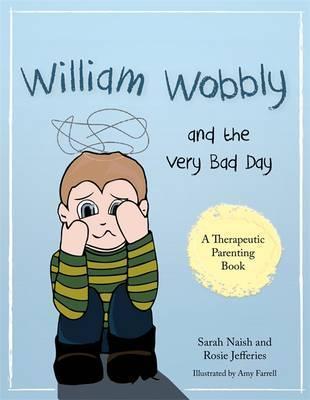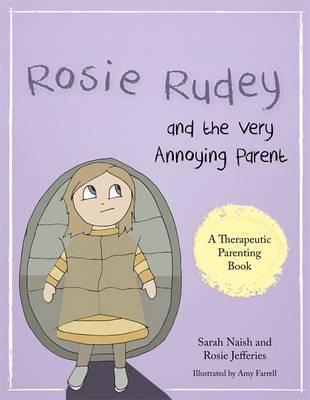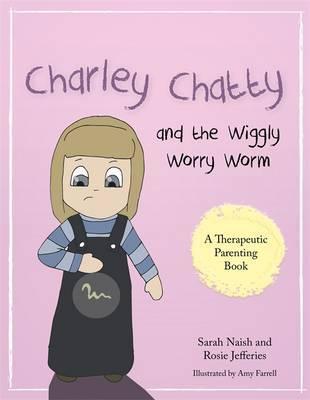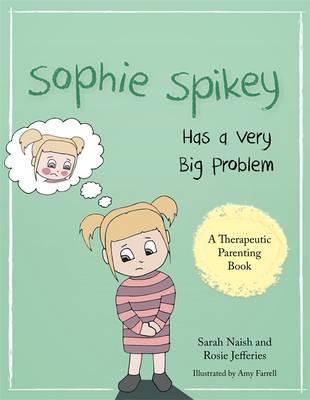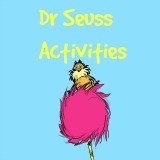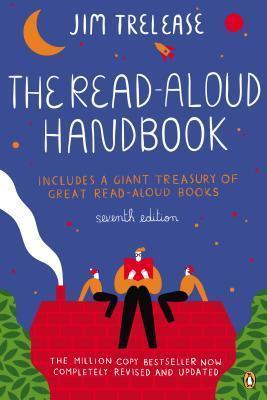You are here: home / children's books about feelings
Children's Books About Feelings
These children's books about feelings are a great way to teach your
children about their feelings and how to manage them. As a primary
(elementary) school teacher, I've used these books to teach my students
about their emotions and incorporate them into many of our lessons. If
you're a parent, you can do this too.
Why is it important to teach children about their feelings?
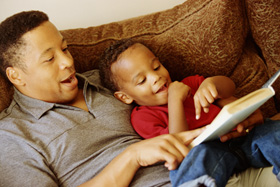
I've read countless articles over the years about this and there have been many research studies done which show that helping children learn to identify and express emotions in a positive and healthy way helps them build a strong foundation of success later in life.
Importantly, my own observations of the children I teach reflect what the research shows: the children who can talk about their feelings - who have an emotional vocabulary - are generally the ones who can express their emotions appropriately. These children are the ones who are focused at school and who tend to get on well with other people, both children and adults.
This is because helping young children develop the skills to identify, talk about and manage their feelings leads to an increase in confidence and self-esteem which in turn helps them develop an optimistic and hopeful state of mind. These are the foundations of emotional health and well-being.
UPDATE (October 2021): I've recently added some new books to my list of my favourite picture books about emotions and how to manage them. You may like to check them out at this blog post.
I've also written a post about how we can nurture children's emotional and mental health. You can read it here.
1. The Feelings Book. This is a light-hearted, silly book filled with Todd Parr's colourful, zany illustrations. The book is about how all feelings are OK, which is an important concept for children to understand. This is a great introduction to talking about feelings. It prompts great conversations and lots of laughs. I've used it with children aged from five up to nine and it's also perfect for reading to younger children. The text is very basic: it's the illustrations that prompt the talk and the laughs.
2. Visiting Feelings. This is a beautiful book about another important idea: that all feelings are okay and that feelings come and go. The idea that feelings drift into our bodies and minds and that they don't last forever is an important one to grasp. When children (and adults) are feeling bad, they often think those feelings will last forever and this can cause quite a lot of unhappiness. This book encourages children to notice their feelings and to be curious about them without being worried and stressed about how they feel. It implicitly teaches that we all have feelings and that all feelings are okay.
3. On Monday When It Rained. This book is about a little boy who experiences many different feelings throughout his ordinary week. He mentions going to pre-school so the book is probably targeted at pre-schoolers, however this book is great for five- and six-year-olds too. Each page describes an experience the little boy has on Monday, then Tuesday and so on. After describing the experience, the little boy says "I was ... " and on the next page there's a photo of him displaying how he felt, along with the word; embarrassed, lonely, angry, etc. This is a beautiful book and I love the photos however I would have liked to have seen the words "I felt" used, instead of "I was". Anyway, this is a small gripe about a book which actually does a sensational job of naming and describing feelings. Again, the photos are great and prompt terrific discussions with children.
4. Tough Guys (Have Feelings Too). This book is likely to capture boys' interest, although girls will enjoy it too. The basic message is, of course, that everyone has feelings - even tough guys! The illustrations are of super-hero-ish guys doing their thing as they look disappointed, sad, frustrated and so on. Lots of scope for discussion here and the final page is just beautiful: a dad and his little boy snuggling together on the little boy's bed as they read together. They're tough guys "who love each other very much." This book is fantastic for pre-schoolers up to seven- or eight-year-olds and is lovely for both boys and girls.
5. When Sophie Gets Angry - Really, Really Angry ... This book is always a hit with students when I read it in class. Children love the description of Sophie's building anger, of how she feels as she's getting angry and of how she explodes. I think they can really relate to it and the illustrations capture Sophie's feelings really well. This is the great strength of this book: it shows children that anger is a normal emotion which everyone feels and it touches on ways children can calm themselves when they feel angry. It also shows Sophie coming back to peace with her family and so reassures children that anger passes, as all feelings do. A wonderful book that has sparked some fascinating discussions with the children I teach.
6. Sometimes I'm Bombaloo. Every child I've ever read this book to has absolutely loved it. Katie is mostly a happy little girl but sometimes big feelings well up inside her and she gets very angry. When that happens she is Bombaloo! This book does a fantastic job of describing how children feel when they're angry. The illustrations are very funny and children love them but they can also really relate to how Katie is feeling and what she does. The very best part of this book, though, is the ending when Katie tells us "It's scary being Bombaloo." Her mother knows that and the story ends when she hugs Katie and helps her put things right. Anger is a normal human emotion but children need help to learn to deal with it. It's scary when we feel those big, hot feelings and it's impossible to think clearly, for both adults and children. When they feel anger, children need a warm, compassionate adult to reassure them and to help them put things right.
7. Reading Makes You Feel Good. This book is not explicitly a book about feelings in the way that the other books on this list are. As the title suggests, it's about the fact that reading makes us feel good and why. I've included it on this list because I love Todd Parr's colourful, hilarious illustrations and because the book is a great conversation starter. I've used it with children from Kindy up to Year 3 (9 year olds) to talk about how they feel when they read and they've shared some very insightful and thoughtful experiences and feelings. For some children who have difficulties at home or at school, books can be an escape, as they were for me. Sharing these feelings enriches all children's lives.
8. Fill a Bucket. This book is one many teachers use to teach kindness and empathy to their students. It invites children to imagine that everyone carries around an imaginary bucket filled with good feelings about themselves. We can help fill people's buckets by saying and doing kind things or we can become "bucket dippers", dipping into people's buckets to empty them every time we say or do something unkind. I've used this book with many classes of primary (elementary) school children and they love it. One of the many good things about the book is that it talks about the fact that we can and should fill our own buckets too, by speaking kindly to ourselves and taking care of ourselves. It also talks about the fact that doing nice things for people makes us feel good too.
9. I Think, I Am! This is basically a book about affirmations for children and positive self-talk. Each page presents a different situation a child may find herself in and the way a child may feel or be thinking about that situation. On the facing page is a suggestion of a helpful phrase the child may say to herself to help her deal with the situation in a positive way. For example, this is the text on one page: "When you are feeling all alone, unhappy thoughts may creep in ... " The picture is of a little girl watching some children talking and having fun together while she thinks "Why don't they want to talk to me?" On the facing page is an image of the little girl with the other children and the text reads: "Help these feelings go away by telling yourself ... 'I am surrounded by love'." The idea here is that feelings come from thoughts and re-framing your thoughts can change your feelings. This book provides a great basis for talking about the way each child might be feeling and how he or she can start to feel better by thinking about situations in a different way. This is a terrific skill to teach children.
10. When I'm Feeling ...These lovely books have been written to help children understand their feelings and to find ways to express their feelings which are helpful and appropriate, both for themselves and for those around them. The main character is a rabbit which means they're great for reading to pre-schoolers and young children up until about five years of age. Having said that, the themes and text are definitely appropriate for older children, up to the age of at least eight. Each book includes notes written by psychologists for parents and caregivers, with suggestions about how to use the book.
I think the following five books are the most useful ones however there are three more: When I'm Feeling Kind, When I'm Feeling Jealous and When I'm Feeling Loved.
11. Special Books About Managing Feelings. The four books in this series are designed for children who have experienced early trauma or who have otherwise had a difficult start in life. Children who have had these early life experiences often do not have the skills to understand and manage their emotions. When read aloud by a caring adult, these stories enable children to recognise that they are
not alone and that other children also struggle with big feelings. The books are designed for adoptive and foster parents so "new mum and dad" and similar phrases come up in each book however you can easily skip these references if they don't reflect your child's situation. Even if you don't think your child's experience fits the traditional understanding of the term 'trauma', you may find these books helpful if he or she has difficulty managing emotions. They're great little books.
For more children's books about emotions and learning to manage them, you may like to check out this blog post.
